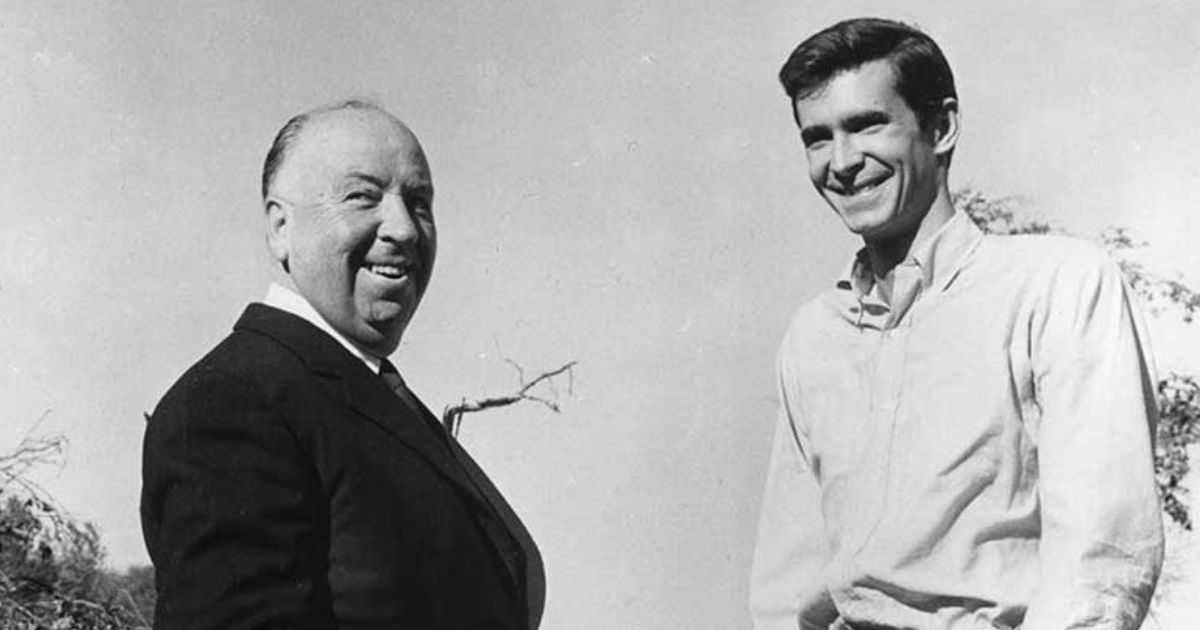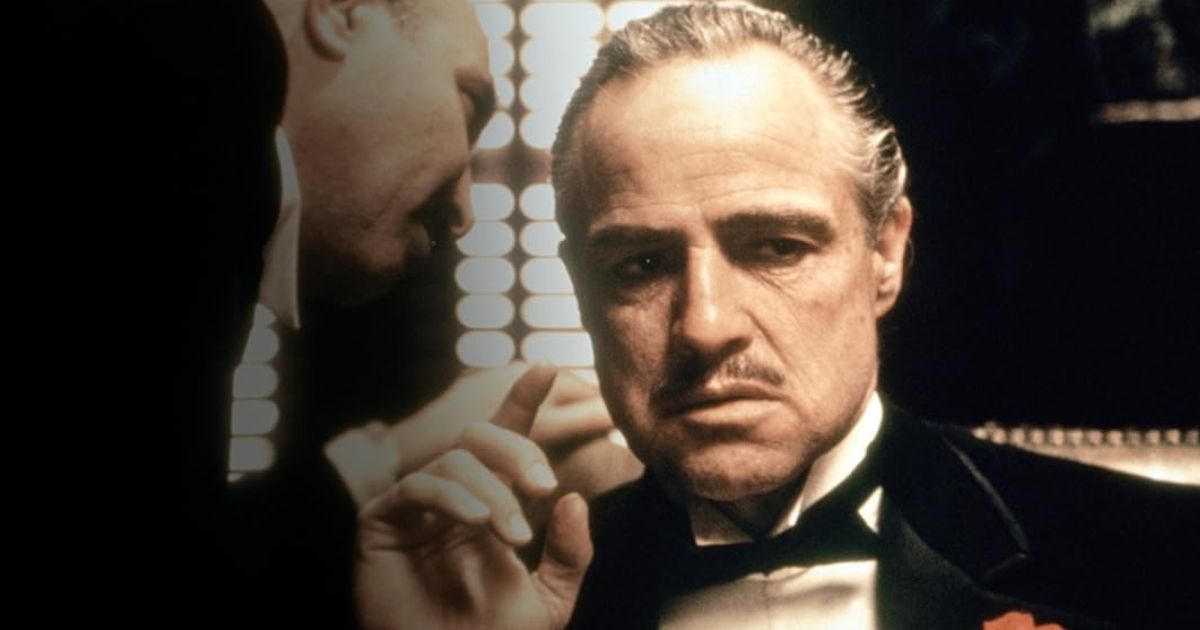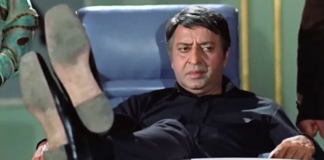
Long before Alfred Hitchcock became the reigning king of suspense in Hollywood, he had been crafting masterful films in England and sharpening the skills that would soon rattle the American movie industry.
When he finally crossed the Atlantic, he brought a sense of daring that would change cinema forever. Titles like Rear Window, Vertigo, The Birds, and North by Northwest only scratched the surface of his genius, but it was Psycho, yes, that eerie, nerve-shredding masterpiece that managed to carve out one of the strangest and funniest records in Hollywood history.
Psycho Pushing Boundaries… and Bathrooms
Psycho, based on Robert Bloch’s chilling 1959 novel, wasn’t just a horror film. It was an earthquake that shook the cinema industry worldwide. Besides unleashing a new standard for on-screen violence and s*xuality, he also accidentally became the man who made flushing toilets cinematic landmarks. In an era still shackled by the Hays Code, the set of restrictive guidelines policing everything from hemlines to homicide, showing a toilet was nearly sacrilegious. Alfred Hitchcock, naturally, found a loophole.
Trending
When Marion Crane, played by Janet Leigh, impulsively swipes $40K to escape her dreary life and her financially strapped lover, she finds herself on a collision course with fate at the Bates Motel. Before her iconic and brutal demise in the infamous shower scene, Marion meticulously scribbles down the dwindling sum of her stolen cash after splurging on a new car.
The math concluded as she ripped up the evidence and flushed it. With that single act, Hollywood changed. Never before had a film dared center a shot so blatantly around a toilet, let alone show one flushing.
Toilets Were Always There, Just Not Like This
It wasn’t that toilets had been totally invisible in Hollywood before. Once in a blue moon, you might catch a glimpse tucked away in the background. But to give a toilet center stage, framed and focused, was radical.
Even in Alfred Hitchcock’s earlier British films, bathrooms might exist in passing, but never this brazen. Besides, the scene didn’t just shock for shock’s sake; it mattered. When Marion’s sister Lila and her boyfriend Sam later search the Bates Motel, the partially flushed scrap of paper gives away crucial clues. The toilet wasn’t just scenery; it was a hinge for the plot.
Alfred Hitchcock Outsmarted The Censors
Hitchcock knew navigating the Hays Code demanded finesse, and direct portrayals of bodily functions were strictly off-limits. So what did he do? He avoided the censors’ wrath by flushing paper instead of something more objectionable. Had it been otherwise, Psycho might never have slipped past the ever-watchful eyes of Hollywood’s moral gatekeepers. Even so, the movie still had to sand down some of the novel’s sharper, bloodier edges as no decapitations were allowed to appease the censors.
Yet the legacy of Psycho speaks for itself. It hammered a few more nails into the Hays Code’s coffin and helped usher in a more liberated, more daring era of filmmaking. Among all the accolades, awards, and seismic influence Hitchcock earned with Psycho, there’s something delightfully absurd about knowing he also holds the honor of making the first Hollywood film where a toilet got its close-up.
For more such stories, check out Hollywood
Must Read: When Leonardo DiCaprio’s Lizard Had A Near-Death Experience On Titanic Set—Here’s How He Saved It
Follow Us: Facebook | Instagram | Twitter | YouTube | Google News



 Follow Us
Follow Us









